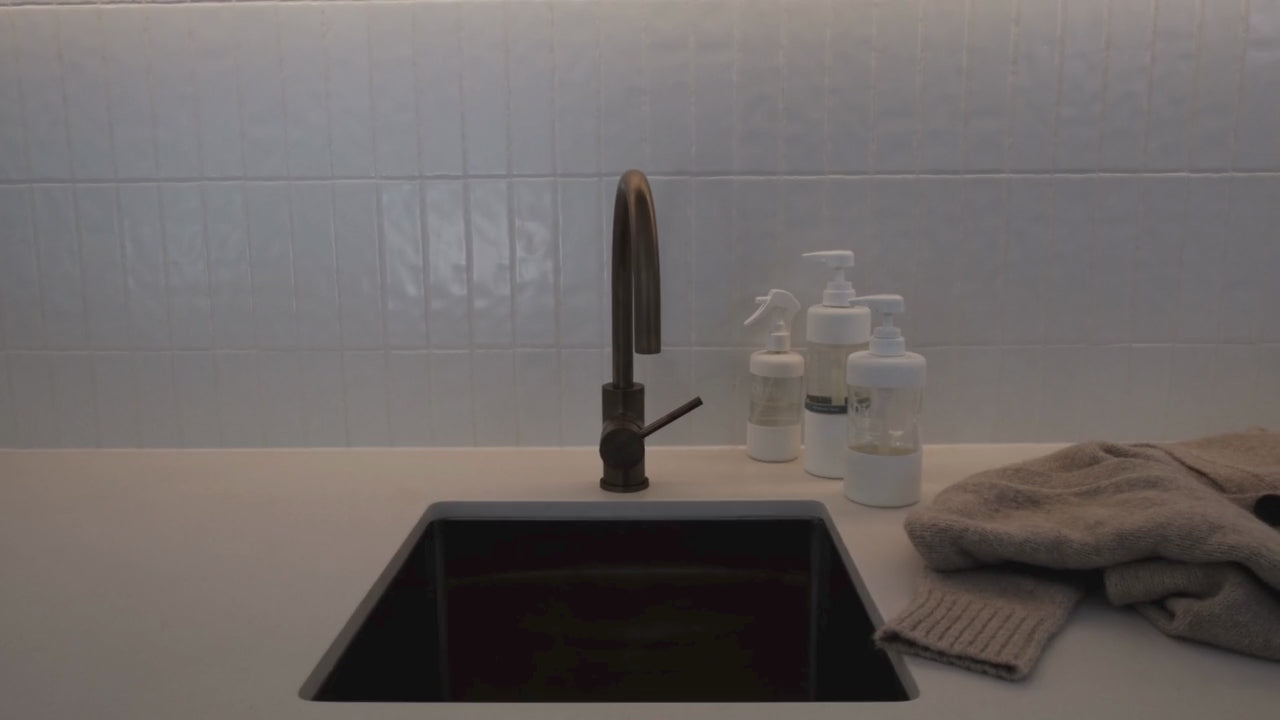Fit Notes
| SIZE | XS | S | M | L | XL |
|---|---|---|---|---|---|
| INTL | 0 | 1 | 2 | 3 | 4 |
Measuring Guide
-
Bust
Measure around your chest at the fullest part of your bra cup.
-
Waist
Measure around the smallest part of your waistline. Above your navel and below your rib cage.
-
Hips
With your feet together, measure around the fullest part of your hips and buttocks, approximately 20 cm or 8 inches below your waistline.

Need advice on sizing?
Contact Us


